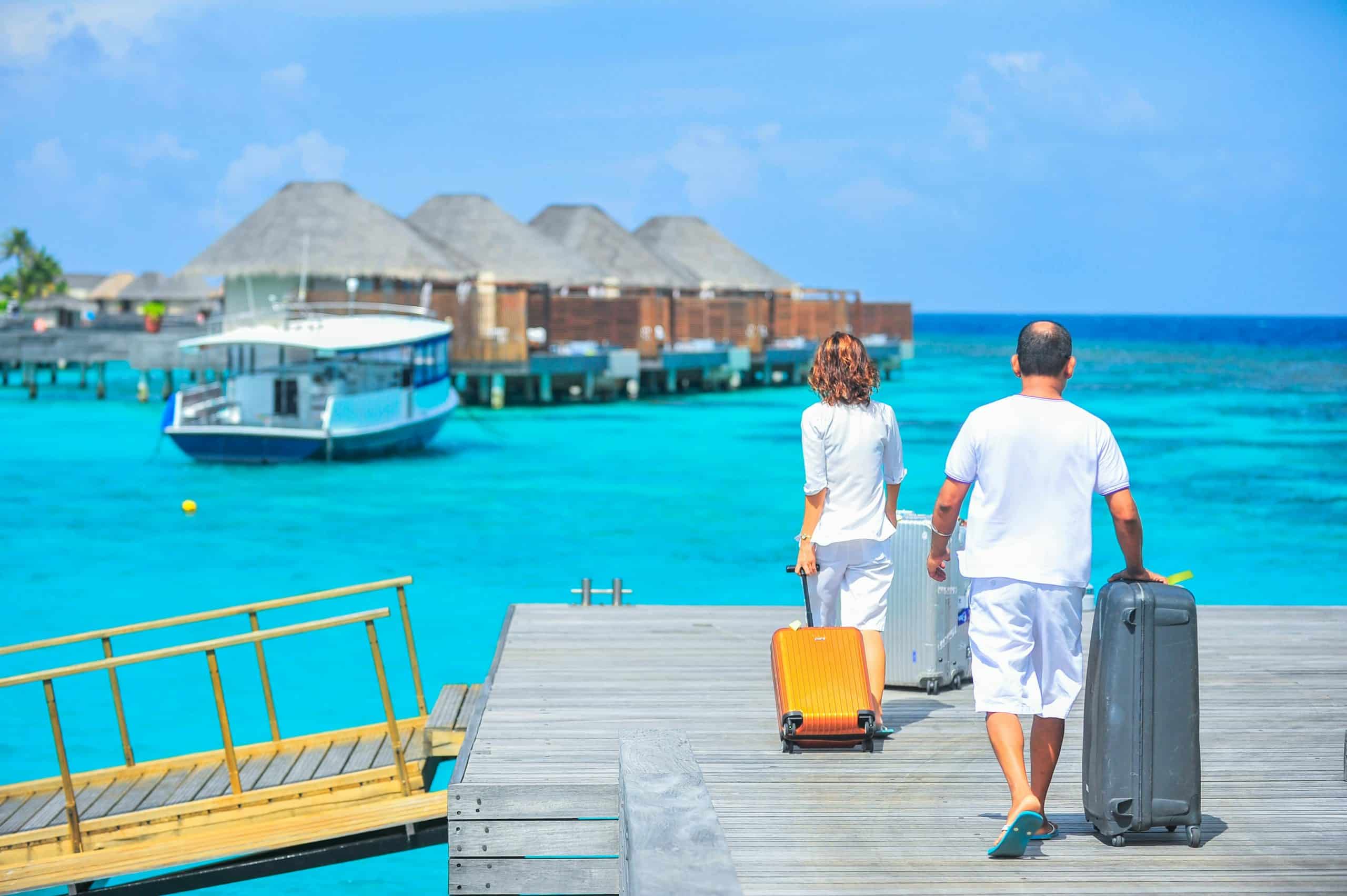The intersection of tourism and real estate sectors presents a unique opportunity for sustainable development. However, to create a lasting impact, it’s essential to adopt a responsible approach that caters to the environment, local communities, and the tourism industry. This article elaborates on best practices for developing sustainable tourism real estate that not only conserves the environment but also promotes economic and social development.
Embracing Environmentally Friendly Construction Practices
When creating tourism real estate, construction is a significant phase. It offers the first opportunity to implement sustainable strategies. By incorporating environmentally-friendly construction practices, you can minimize the negative impacts on the natural environment. It’s not about simply following regulations but striving to exceed them in order to set a benchmark in the industry.
A lire aussi : What Are the Best Strategies for Building a Carbon-Neutral Real Estate Portfolio?
You might wonder, what does environmentally-friendly construction entail? It involves energy-efficient designs, using renewable resources, minimizing waste during construction, and opting for materials that have low environmental impact. In addition, the construction process should consider water conservation measures and efficient waste management systems. If you Google ‘green construction practices’, you’ll find a treasure trove of techniques that can be applied in your projects.
Investing in Local Communities
The development of tourism real estate should not occur in isolation. Local communities must be involved and benefit from the initiatives. By investing in local communities, you ensure economic and social development aligns with tourism growth.
Avez-vous vu cela : How to Implement Water-Saving Technologies in Multifamily Housing?
This approach involves employing locals, sourcing materials and services from the local market, and investing in education and training to equip the community with relevant skills. Moreover, having the locals involved in decision-making processes creates a sense of ownership and encourages preservation of the tourism site. A good example is the scholar-approved ‘community-based tourism’ model, which empowers locals and ensures their involvement in tourism management.
Prioritizing Visitor Sustainability Education
Educating visitors about sustainability is an integral part of responsible tourism practices. This practice aims to encourage visitors to respect the local environment and culture. It’s about creating an informed and responsible traveler who understands the importance of preserving the destination for future generations.
This can be achieved through informative signage, guides, and even through the property’s website. Google, for instance, has numerous resources on environmental education that can be used to create engaging and informative content for visitors.
Aligning with Industry Sustainability Standards
Embracing industry sustainability standards can guide your practices and provide a benchmark for your sustainable tourism real estate development. These standards are set by international bodies and usually encompass environmental, social, and economic aspects of sustainable tourism.
These standards can provide a roadmap for sustainability practices and also give your enterprise recognition within the industry. For instance, the Global Sustainable Tourism Council (GSTC) provides a set of criteria for sustainable tourism, including aspects of sustainable management, socio-economic, cultural, and environmental impacts.
Adopting Resilience and Adaptation Strategies
In the face of climate change and other global challenges, it’s important to adopt resilience and adaptation strategies. This means designing and managing tourism real estate in a way that it can withstand and adapt to changing environmental conditions.
Such strategies could include building in areas less prone to natural disasters, using climate-resilient construction materials, and incorporating designs that can withstand fluctuations in weather patterns. Equally crucial is the development of an emergency response plan to handle any unforeseen circumstances effectively.
As the tourism industry continues to grow, the need for sustainable tourism real estate becomes more pressing. By incorporating these practices, you’ll not only contribute to the preservation of the environment and cultural heritage but also ensure the economic viability and social benefits for the local communities involved. Remember, sustainable tourism real estate is not just about the ‘now,’ it is about creating a legacy for future generations to enjoy and cherish.
Enhancing Destination Appeal with Long-Term Strategies
Boosting the attractiveness of a destination is a vital factor in the development of sustainable tourism real estate. This involves long-term strategies that ensure the destination remains appealing to tourists, without putting strain on the natural resources and cultural heritage. Sustainable practices in this regard are critical and should be a cornerstone in any sustainable tourism development strategy.
Destination appeal can be enhanced through a variety of ways. One of the key strategies is to ensure that the infrastructure, including the tourism real estate, is built in a way that complements the surroundings and does not compromise the natural beauty of the area. For instance, buildings should be designed to blend in with the landscape rather than stand out, in order to maintain the aesthetic appeal of the destination.
Moreover, preserving the cultural heritage of the area is equally important. This can be achieved by incorporating local architectural styles into the design of the properties and including cultural elements in the decor. Also, offering tourists opportunities to interact with local communities and participate in cultural activities can further enrich their experience and encourage repeat visits.
Google Scholar provides numerous case studies on how various destinations around the world have successfully managed to enhance their appeal through sustainable practices. These can serve as a valuable source of inspiration and guidance for anyone involved in the tourism industry.
Conclusion: The Future of Sustainable Tourism Real Estate
The future of the tourism sector largely depends on the adoption of sustainable practices. With the increasing awareness about climate change and the need for responsible tourism, the industry is shifting towards sustainable development. This transition has a direct impact on tourism real estate, which plays a pivotal role in promoting and implementing sustainable tourism practices.
The best practices outlined in this article provide a comprehensive guide for anyone involved in the development of sustainable tourism real estate. From embracing environmentally-friendly construction practices and investing in local communities, to aligning with industry standards and adopting resilience strategies, these guidelines ensure that the real estate complements the sustainable development of the tourism destinations.
What’s more, by focusing on enhancing the destination appeal through long-term strategies, developers can create properties that are not only sustainable but also attractive to tourists. This will ultimately contribute to the economic viability of the project and ensure its success in the long run.
In conclusion, sustainable tourism real estate is not a passing trend, but a necessity in the modern tourism industry. It calls for a responsible approach, one that considers the environment, local communities, and the long-term sustainability of the project. This approach not only ensures the preservation of our planet and its diverse cultures, but also makes good business sense, as an increasing number of travelers are seeking sustainable tourism options. Therefore, those who adopt these best practices are not just contributing to a sustainable future, but are also setting themselves up for success in the evolving tourism sector.





